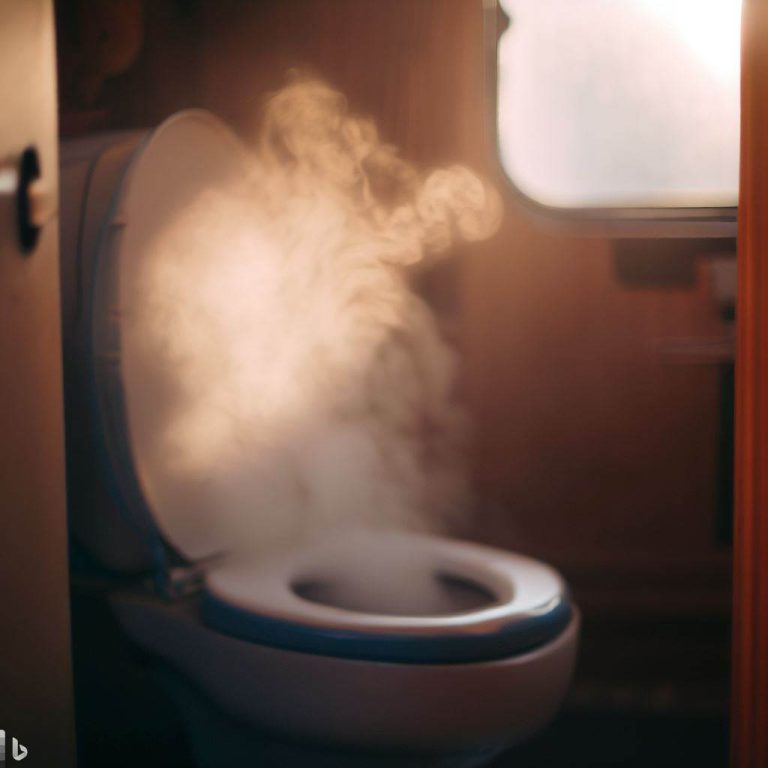
RV Black Water Tank Maintenance: Cleaning and Odor Control
Introduction:
Maintaining a clean and odor-free black water tank is crucial for a pleasant and hygienic RVing experience. Proper care and maintenance of your RV’s black water tank not only help prevent foul odors but also extend the lifespan of the tank and ensure its efficient operation. In this article, we will share valuable tips and techniques for cleaning and controlling odors in your RV’s black water tank, allowing you to enjoy your travels with peace of mind.
Section 1: Understanding the Black Water Tank
- Function and Importance: Learn about the function of the black water tank in an RV and its significance in storing and disposing of wastewater from toilets.
- Tank Capacity Monitoring: Understand how to monitor the tank’s capacity using sensors or external indicators to avoid overfilling and potential backups.
Section 2: Cleaning the Black Water Tank
- Regular Flushing: Establish a routine for flushing your black water tank to remove waste and prevent buildup. Explore different flushing methods, such as using a built-in tank flush system or employing a dedicated flushing wand.
- Tank Cleaning Solutions: Discover effective tank cleaning solutions, both commercial and DIY, to break down waste, control odors, and dissolve solid matter. Consider environmentally friendly options when choosing tank cleaning products.
Section 3: Odor Control and Prevention
- Ventilation: Ensure proper ventilation of your RV’s plumbing system by checking and cleaning vent pipes and installing vent caps or filters to prevent foul odors from entering the living space.
- Chemical Treatments: Learn about chemical treatments designed specifically for black water tanks to control odors. Follow instructions and use appropriate amounts to maintain a healthy balance in the tank.
- Natural Odor Control Methods: Explore natural alternatives to chemical treatments, such as using enzyme-based additives or household items like baking soda and vinegar, to control odors and promote microbial activity in the tank.
Section 4: Additional Maintenance Tips
- Proper Toilet Use: Educate yourself and fellow RV occupants on proper toilet use, including using RV-friendly toilet paper and avoiding flushing non-biodegradable items that can clog the system.
- Tank Rinsing and Agitation: Occasionally perform tank rinsing and agitation techniques, such as driving with a partially filled tank or adding ice cubes before traveling, to dislodge debris and promote thorough cleaning.
- Seasonal Maintenance: Implement additional maintenance steps for long-term storage or when not using the RV for an extended period. This includes thoroughly cleaning the tank, draining it completely, and adding appropriate antifreeze or tank treatments.
Conclusion:
Proper maintenance of your RV’s black water tank is essential for ensuring a clean and odor-free environment during your travels. By following the tips outlined in this article, including regular tank flushing, utilizing effective cleaning solutions, implementing odor control methods, practicing proper toilet use, and conducting additional maintenance as needed, you can maintain a healthy black water tank system and enjoy a pleasant RVing experience. Remember to prioritize safety and cleanliness while handling tank maintenance tasks, and always adhere to local regulations when disposing of wastewater. With these practices in place, you can confidently hit the road, knowing that your black water tank is in excellent condition.